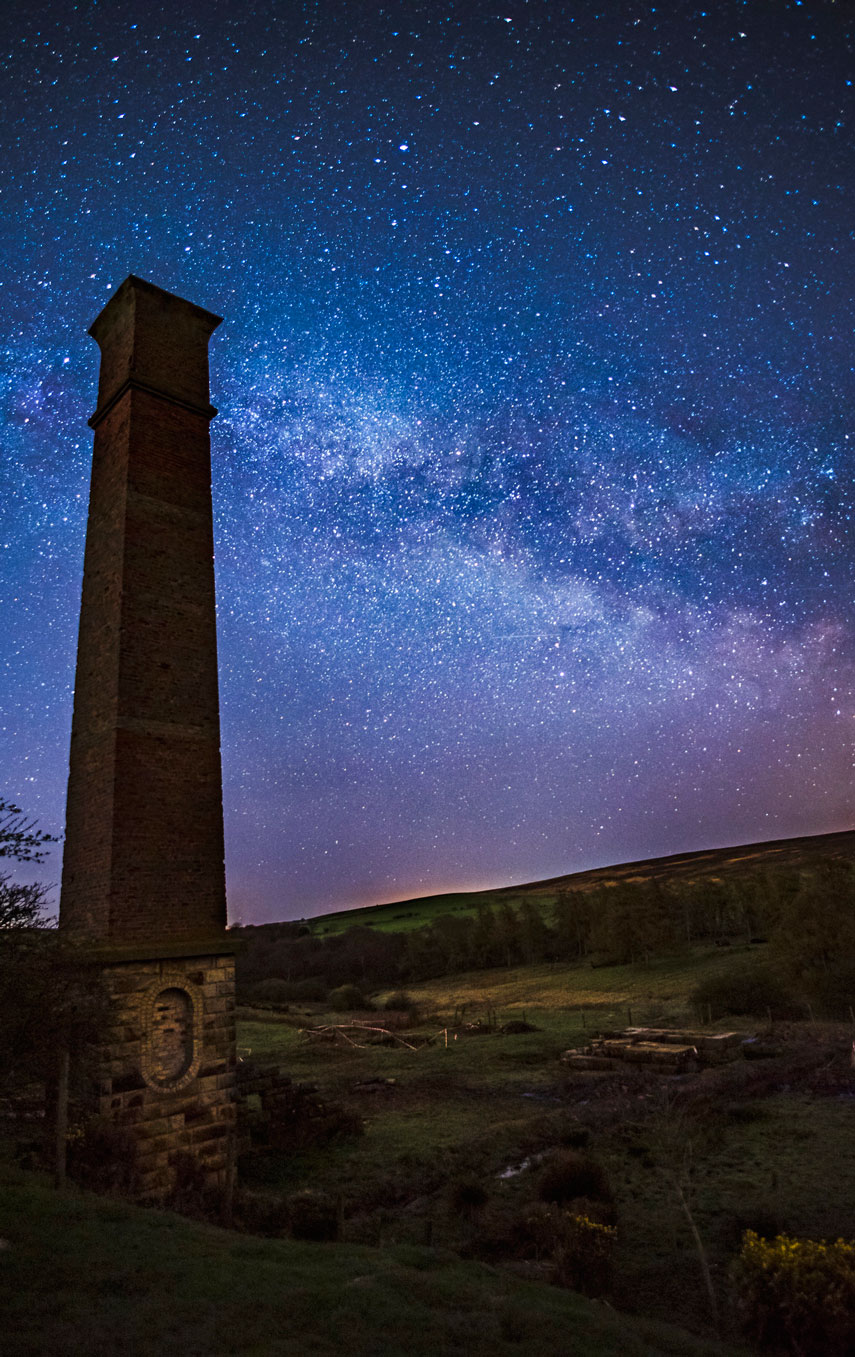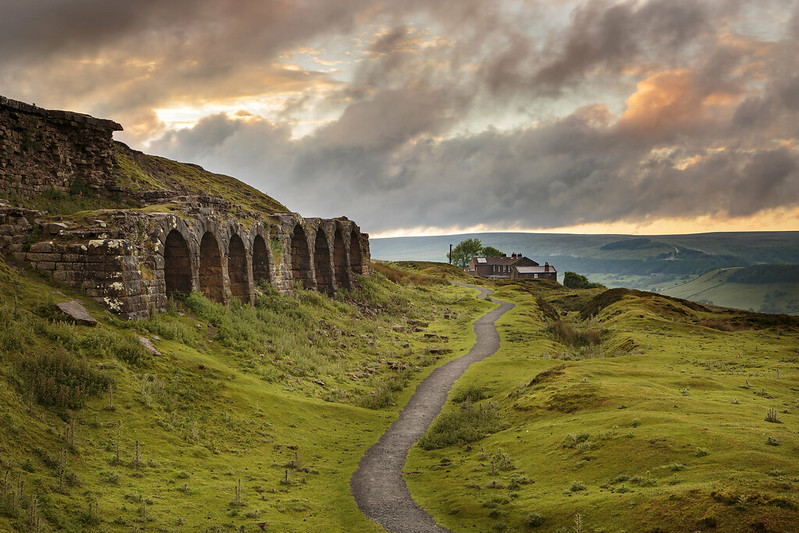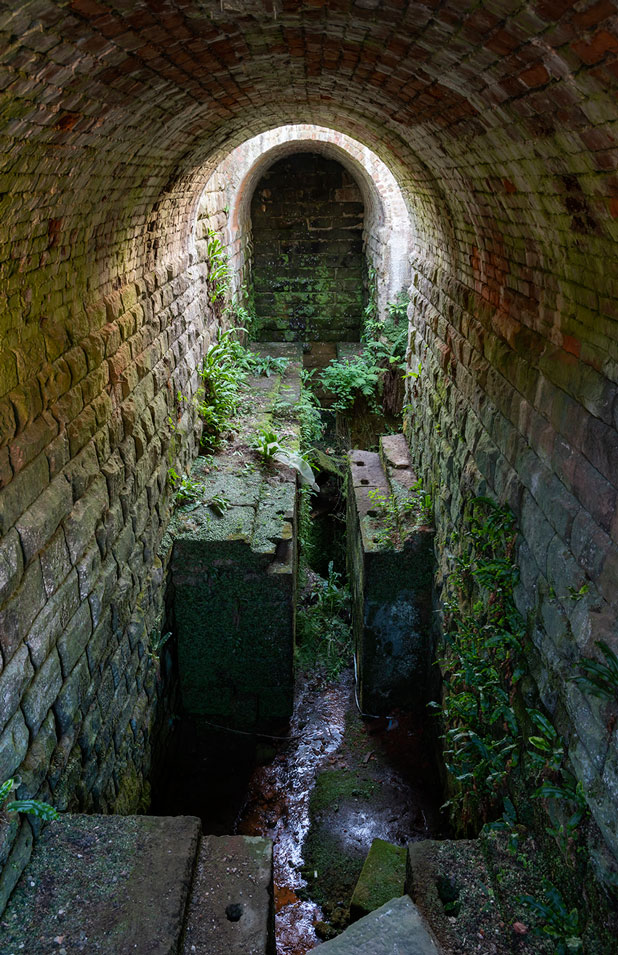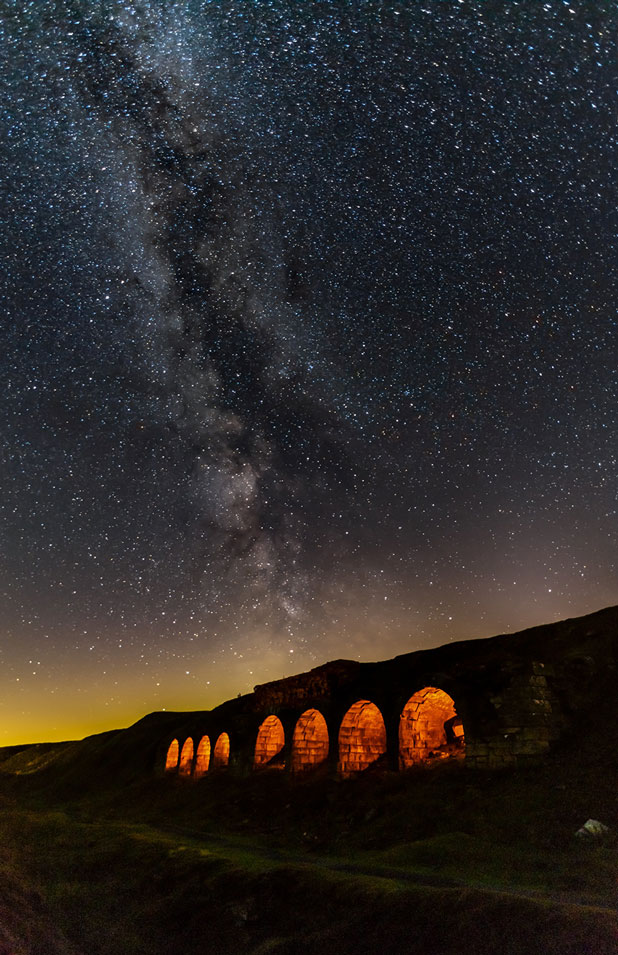Introduction
 The 100 years following the opening of the Whitby and Pickering railway in 1835 saw an explosion in ironstone mining in the Rosedale and Esk Valley areas, along with even more pioneering railway construction that connected these remote valleys to Teesside and the wider world. Many of the relics left from this period are crumbling and the stories around them are at risk of being forgotten forever.
The 100 years following the opening of the Whitby and Pickering railway in 1835 saw an explosion in ironstone mining in the Rosedale and Esk Valley areas, along with even more pioneering railway construction that connected these remote valleys to Teesside and the wider world. Many of the relics left from this period are crumbling and the stories around them are at risk of being forgotten forever.
The Land of Iron project has protected and conserved the most iconic of these monuments and worked with land managers to nurture the natural environment that has reclaimed these spaces. It documented and told the stories of what life was like for these communities when the landscape looked very different to how it does today.
The project was a Landscape Partnership scheme, supported by the National Lottery Heritage Fund, North York Moors National Park Authority, David Ross Foundation, and other partners. The total project value is £4 million and ran between 2016 and 2021.
The landscape
The project area covers around 14% of the North York Moors National Park in a sweeping arc from Goathland in the east, following Stephenson’s original rail route north to Grosmont, then westwards along the Esk Valley to Kildale, and finally crossing the moorlands south eastwards to reach Rosedale.
Within this 77 square mile area there is a mix of remarkable built heritage sites, some visually breath-taking such as the calcining kilns and ironstone mines at Rosedale and the ventilation chimney at Warren Moor Mine, and some almost hidden from view, such as Grosmont Ironworks and the mines at Beck Hole and Esk Valley. These sites have been conserved and protected, many with improved access for the public.

Wrapped around this built heritage is a patchwork of valuable habitats and species that have withstood the industrial exploitation and sometimes found a particular niche in the landscape left behind, such as the nationally important ring ouzel. Ancient woodland, upland hay meadows and salmon rivers have been improved and gaps between sites filled to improve connectivity and help wildlife move more freely.
Vision and aims
The vision of the Land of Iron was that:
By 2021 the landscape and ironstone heritage of the North York Moors will be in better condition and better cared for, will be better understood and valued by more people, and will have a more sustainable future
This was supported by five aims, the difference the project will make:
- Industrial heritage sites and features will be recorded, protected and conserved
- The natural environment and biodiversity will be improved
- The landscape and heritage will be better managed and more people will be actively involved in caring for it
- The landscape and its industrial past will be more accessible, understood and enjoyed by more people
- The future of the landscape and heritage will be safer and more sustainable


